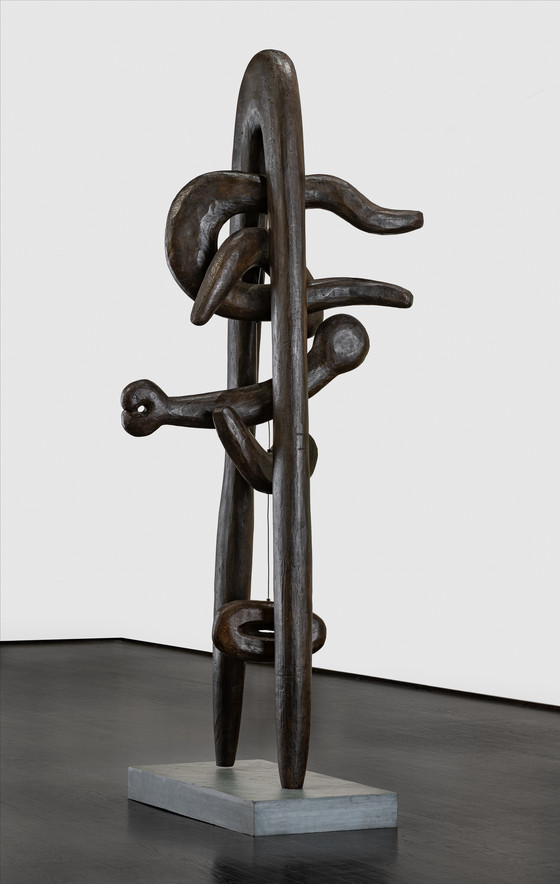Cronos

© The Isamu Noguchi Foundation and Garden Museum, New York/Artists Rights Society (ARS), New York

© The Isamu Noguchi Foundation and Garden Museum, New York/Artists Rights Society (ARS), New York
Please log in to add this item to your gallery.
View comments
No comments have been posted yet.
Add a comment
Please log in to add comments.
Please log in to add tags.
* Nearly 20,000 images of artworks the museum believes to be in the public domain are available to download on this site.
Other images may be protected by copyright and other intellectual property rights.
By using any of these images you agree to LACMA's Terms of Use.
Cronos
Sculpture
Bronze
85 1/2 × 23 × 36 in. (217.17 × 58.42 × 91.44 cm)
Purchased with funds provided by James and Ilene Nathan and Nathan and Sandra Seltzer (M.86.146a-f)
Currently on public view:
Broad Contemporary Art Museum, floor 3
Broad Contemporary Art Museum, floor 3
Since gallery displays may change often, please contact us before you visit to make certain this item is on view.